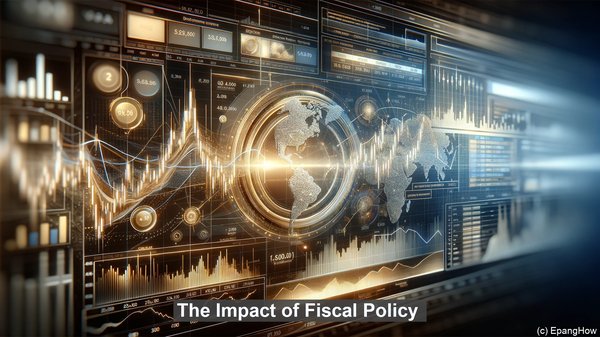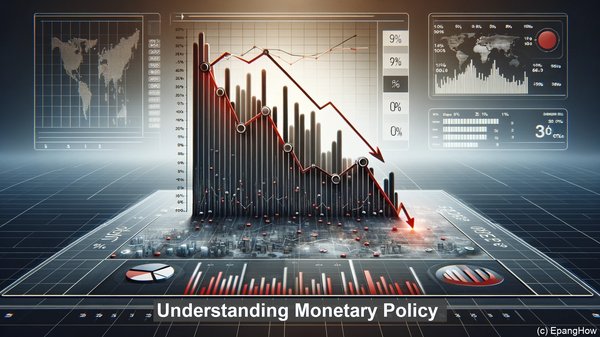Introduction: The Financial Landscape
Hello everyone! Welcome to our video on the financial perspectives of fiscal and monetary policies. In today’s complex economic world, understanding these policies is essential. So, let’s dive in!

Defining Fiscal Policy
Fiscal policy primarily revolves around the government’s revenue and expenditure. It involves decisions related to taxation, public spending, and borrowing. By adjusting these elements, the government aims to influence the overall economy.
The Tools of Fiscal Policy
When it comes to fiscal policy, the government has several tools at its disposal. These include changes in tax rates, alterations in government spending, and the issuance of government bonds. Each of these tools has a specific impact on the economy.
The Impact of Fiscal Policy
Fiscal policy can have both short-term and long-term effects. In the short term, changes in government spending can directly impact sectors such as infrastructure, healthcare, or defense. Taxation alterations, on the other hand, can influence consumer spending and business investments. In the long term, fiscal policy can shape the overall economic structure, affecting factors like income distribution and resource allocation.
Understanding Monetary Policy
While fiscal policy is the domain of the government, monetary policy falls under the purview of the central bank. Monetary policy focuses on managing the money supply and interest rates. By doing so, the central bank aims to control inflation, stabilize prices, and promote economic growth.

The Tools of Monetary Policy
The central bank has various tools for implementing monetary policy. These include open market operations, where the bank buys or sells government securities, altering the reserve requirements for commercial banks, and adjusting the discount rate at which banks can borrow from the central bank. Each of these tools has a specific impact on the money supply and interest rates.
The Impact of Monetary Policy
Monetary policy can have a profound impact on the economy. By adjusting interest rates, the central bank can influence borrowing costs for businesses and individuals, thereby affecting investments and consumption. Changes in the money supply can also impact inflation, exchange rates, and overall economic stability.
The Interplay of Fiscal and Monetary Policies
While fiscal and monetary policies are distinct, they often work in tandem. In times of economic downturn, for example, the government may increase spending to stimulate the economy, while the central bank may lower interest rates to encourage borrowing. This coordinated approach can be powerful in addressing economic challenges.
